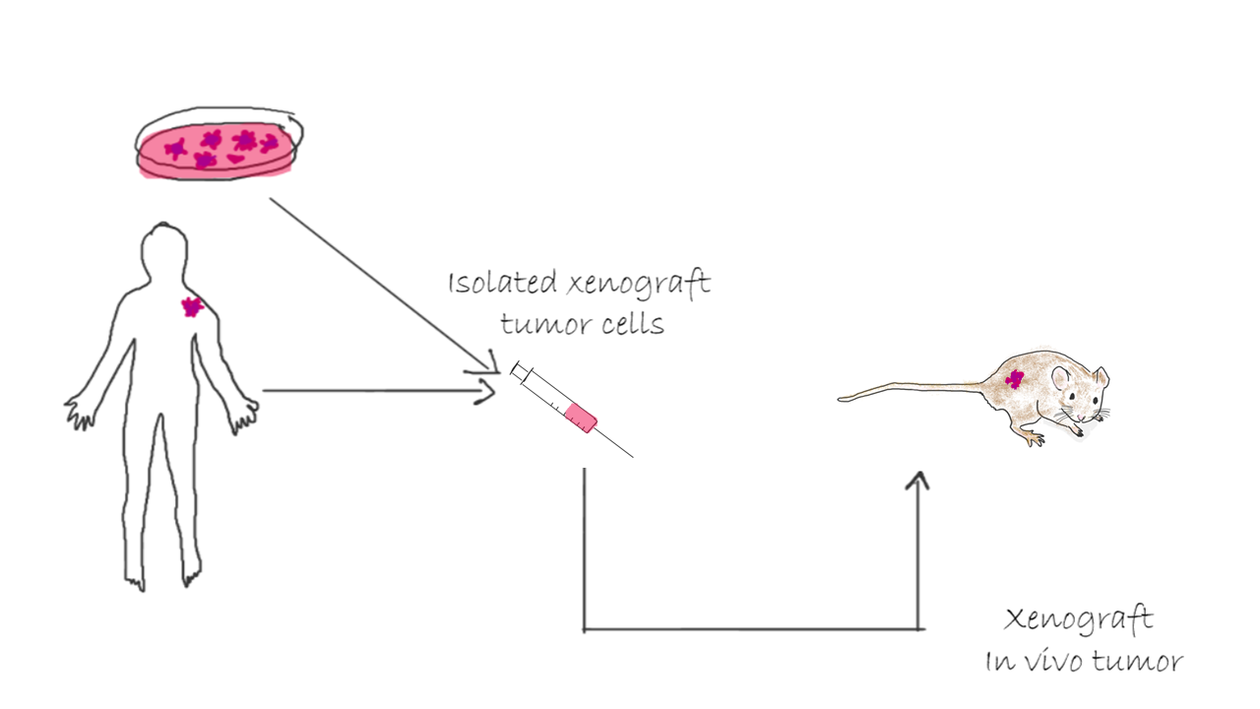Cells and tissues for human or animal origin (xenograft)
The use of cells/ tissue of human origin is common in medical research. Most commonly, cancer cells are injected/ implanted into immunodeficient mice/ rats.
Main content
Handling of cells and tissues of human origin can pose a health risk to those handling this material (especially during injection).
For this reason, the Animal Welfare Unit has concluded that all cell lines should be tested against a minimal test panel consisting of HIV, hepatitis virus (A, B and C) and human lymphotropic virus.
We encourage our researchers to test against a wider panel for their own safety.
Safety testing
The testing of cell lines should be done well in advance of the start of the research trial. Surrey Diagnostics Ltd and Charles River can provide services (among others).
Other, similar documentation of cell line sterility may be accepted.
If cell cultures of murine origin to be injected / implanted may be required to test line against a murine test panel.
Quality testing
The Animal Welfare Unit also strongly encourages researchers to test their cell lines not only for infectious contamination, but also for purity (absence of other infection).
This is for the sake of the quality of the research.
Infection prevention measures
Specific measures aim to reduce the risk of transmission of infection:
1. Hepatitis B vaccination by staff
2. Separate arrangement of animals xeograft with human tissue
